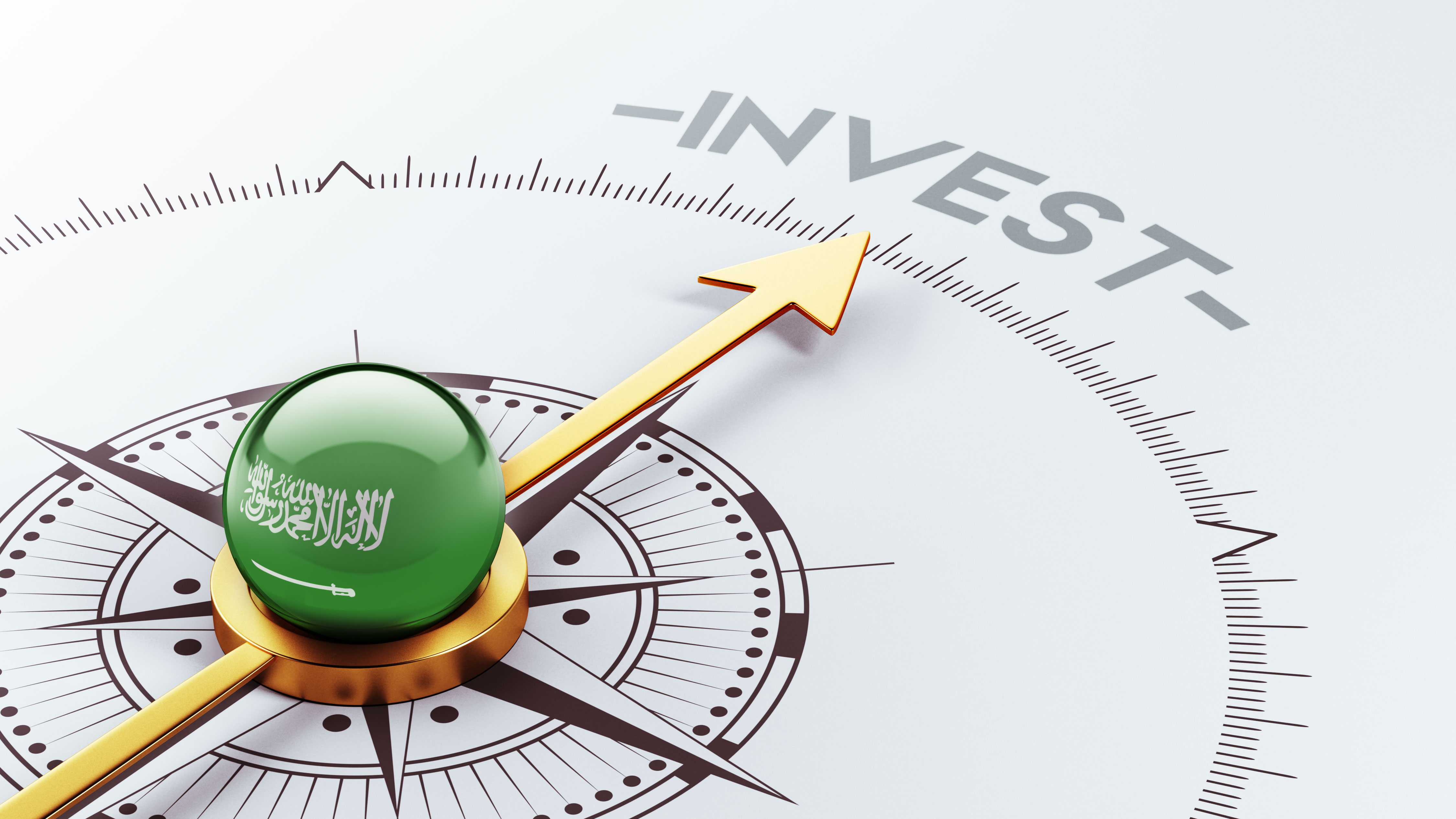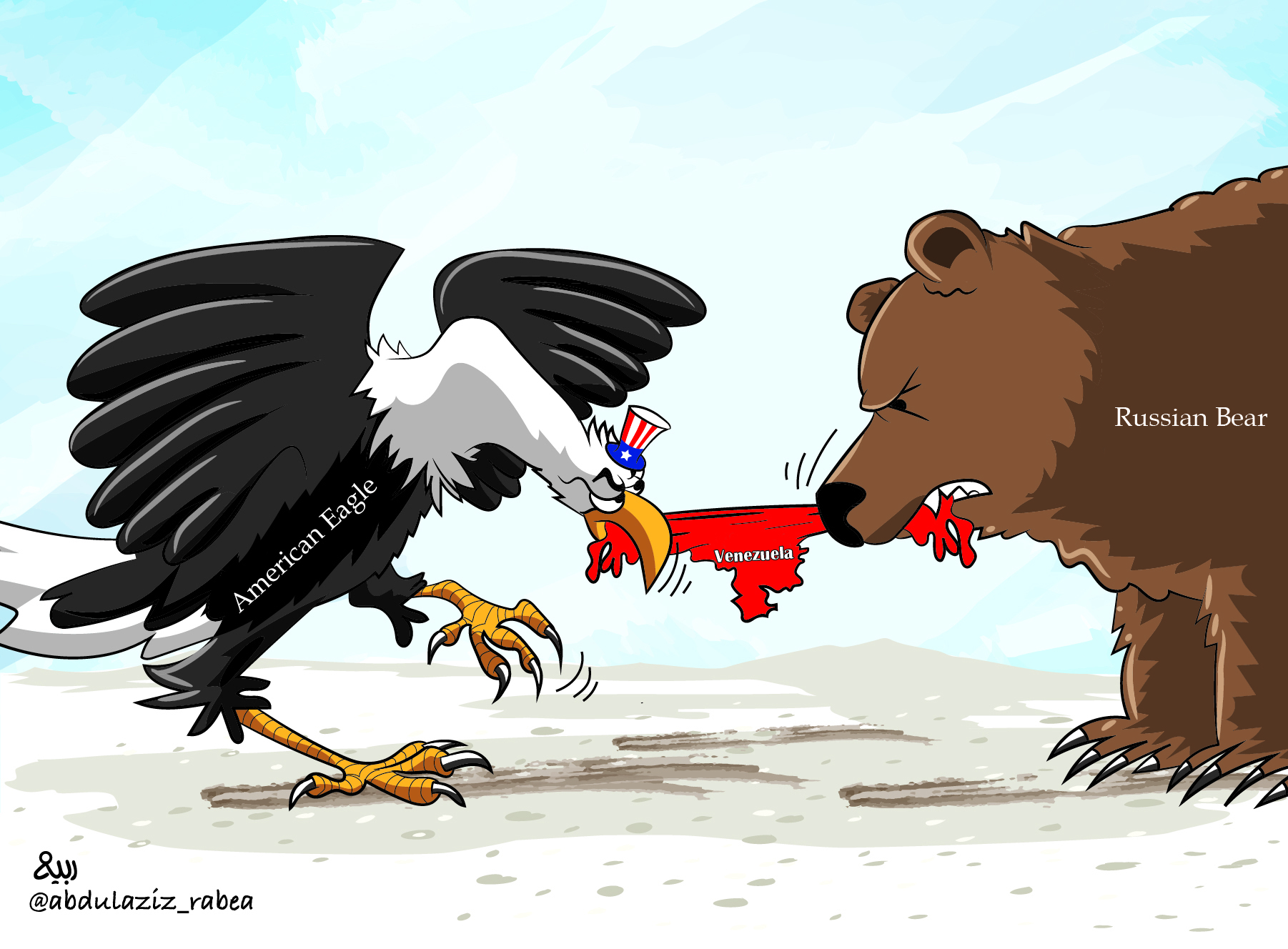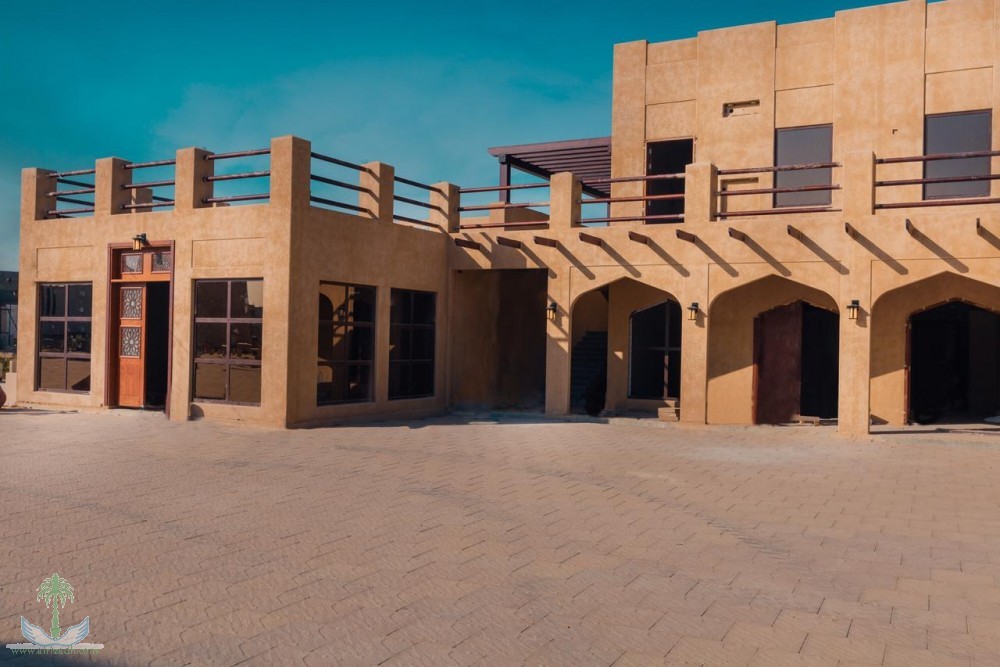
Prospects for Foreign Direct Investment in Saudi Arabia: A 2025 Outlook
Foreign direct investment (FDI) in Saudi Arabia has changed significantly in recent years mainly due to structural reforms under Vision 2030 and the wider challenges in global capital markets. Despite FDI inflows fell sharply in 2022, dropping to about US $12.3 billion according to UNCTAD the Kingdom saw a recovery in 2023. Official data from Saudi Arabia’s Ministry of Investment show that FDI inflows reached roughly US $25.5 billion. This amount which represented 2.4% of GDP surpassed the National Investment Strategy (NIS) annual target hence, indicating a rebound in investor confidence. Potential contributing factors for this rebound in 2023 were the improvements in Saudi Arabia’s legal and regulatory framework, as well as the introduction of a simpler investment law and important updates to the commercial code played key roles.
The International Monetary Fund (IMF) noted in its 2024 consultation report that these reforms have begun to show positive results and highlighted a substantial rise in investor interest, with the number of investment licenses issued nearly doubling year-on-year. In particular, more than 330 international companies applied to set up their regional headquarters in the Kingdom. Despite these encouraging signs, 2024 ushered in a setback with estimates indicating that FDI inflows fell to around US $15.7 billion, the lowest level since 2020. This drop mirrors broader global economic challenges, such as tighter monetary policies and a cautious risk environment, which have reduced cross-border capital flows worldwide. Nevertheless, the total FDI stock in Saudi Arabia has continued to grow, reaching nearly US $240 billion, by the end of 2024. This marks a 13% increase from the previous year. It is worth stressing however that according to Reuters the ongoing funding of the economic transformation is projected to lead to a fiscal deficit of $32 billion which is equal to 2.9% of GDP.
Looking ahead, the government remains focused on its Vision 2030 goal of attracting US $100 billion in annual FDI by the end of the decade. Achieving this will require FDI to grow to almost 5.7% of GDP, more than doubling the ratio from 2023. The success of this objective hinges on executing large-scale strategic projects like NEOM, the Red Sea tourism initiative, and Qiddiya. Continued private sector involvement through Public Investment Fund (PIF)-backed co-investment platforms with global firms like Brookfield and BlackRock will also be crucial.
Institutionally, however, both the IMF and the World Bank have shown cautious optimism. They recognize positive developments in licensing activity, legal reforms, and non-oil sector diversification, especially in tourism, green energy, and manufacturing. However, they warn against relying too much on public funds and stress the need to eliminate regulatory obstacles, ensure policy transparency, and maintain economic stability. Geopolitical tensions in the region, delays in big project implementation due to budget pressures, and ongoing global economic uncertainty could all effect investor confidence. However, the recent upgrade of Saudi Arabia’s sovereign outlook by S&P Global, driven by gains in diversification and fiscal responsibility, may reassure investors about the Kingdom's long-term investment climate.
Overall, while the short-term outlook for FDI in Saudi Arabia is vulnerable to global financial shifts, the medium- to long-term perspective is grounded in structural reforms and strategic initiatives. The challenge lies not in attracting one-time megadeals but in fostering a sustainable, competitive, and transparent investment environment that meets Vision 2030’s ambitious goals.








